SASKATOON — The veterinarian shortage won’t be eased in the short-term by adding more seats at veterinary schools, said a panel of veterinarians at a conference last month. Nor will allowing cattle producers to do some procedures on their own solve the problem in rural areas, they said. “Chronically, in Canada, we have not been […] Read more
 Livestock Management
Livestock Management
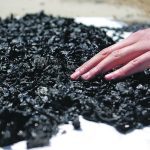
Biochar helps cut manure emissions
Researchers find that adding charcoal-like carbon and ash to composting manure can reduce odours as well as methane
Researchers have found that adding a small amount of biochar during the composting process for manure from dairy cattle can cut methane emissions by 84 percent. Minimizing the greenhouse gases behind climate change is sometimes seen as a problem that requires expensive high-tech solutions, said Gerardo Diaz, professor of mechanical engineering at the University of […] Read more
Film’s re-release delights Alberta ranch family
National Film Board takes producers down memory lane after posting a 1971 documentary that features family members
The re-emergence online of a documentary film first released more than a half century ago has an Alberta ranching family looking back on its past as it faces the future. How Things Have Changed was released by the National Film Board of Canada in 1971. Although it was partly meant to be a tribute to […] Read more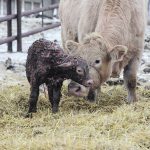
Solutions available for common calving malpresentations
Calving problems have been greatly reduced over the years but there are still issues we can’t control. One of these issues is malpresentations of the fetus. Some cows can deliver a calf with a foot back, but these are rare and most cows require birthing assistance. Producers must maintain sharp observational skills to know when […] Read more
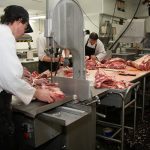
Small U.S. meatpackers get $12 million in grants
CHICAGO (Reuters) - The Biden administration said on Monday it was awarding another US$12 million in grants to upgrade and expand three meat and poultry processing facilities in the U.S. Midwest, as part of a broader US$1 billion effort to encourage competition in a highly consolidated industry. The three projects, funded by the U. S. Department of Agriculture, […] Read more
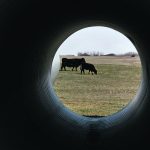
COP15 agreement ‘not bad for the beef business’
Cattle industry says the international biodiversity framework allows each country to determine how goals are achieved
A final agreement at the United Nations’ Biodiversity Conference held in Montreal recently came during the early morning hours of the last day of the meeting with its landmark arrangement of protecting 30 percent of the planet’s ecosystems by 2030. By adopting the non-binding agreement formally known as the Kunming-Montreal Global Biodiversity Framework (GBF), the […] Read more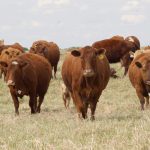
Sask. veterinary prof launches beef cattle health podcast
A University of Saskatchewan veterinarian is looking to give cattle producers a new tool to better understand animal health with the launch of the Beef Cattle Health and Nutrition podcast. “We’re trying to aim it at producers, so you want to make it as practical as possible and get the information that we learn from […] Read more

Cellular agriculture gets a close look
An Alberta project hopes to determine how animal cells can be grown not only for meat, but also for fat and organs
The role of western Canadian farmers in a world where food could increasingly be grown from cell cultures created by scientists is something that everyone needs to think about more deeply, said an expert. “To me at the end of the day, the Canadian Prairies are always going to feed the world,” said Isha Datar, […] Read more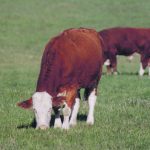
Positive cattle message can be difficult to deliver
Producers struggle to convince consumers that their work not only produces food but also has environmental benefits
The hundreds of cattle on Ryan Canart’s backgrounding operation have helped him rebuild the soil, improve the local water table, preserve natural habitat and boost biodiversity. For him, it’s achieving a goal he set years ago. “When I came out of university, I wanted to do a practice that maximizes the productivity and health of […] Read more
Animals can suffer from a wide variety of bone diseases
This is the time of year when I prepare to teach the University of Calgary’s second year veterinary students about bone diseases. One could make all sorts of arguments about why bones are important for animal health and are an interesting system to study. But it really boils down to this: as Dr. Andy Allen […] Read more

 Livestock Management
Livestock Management


